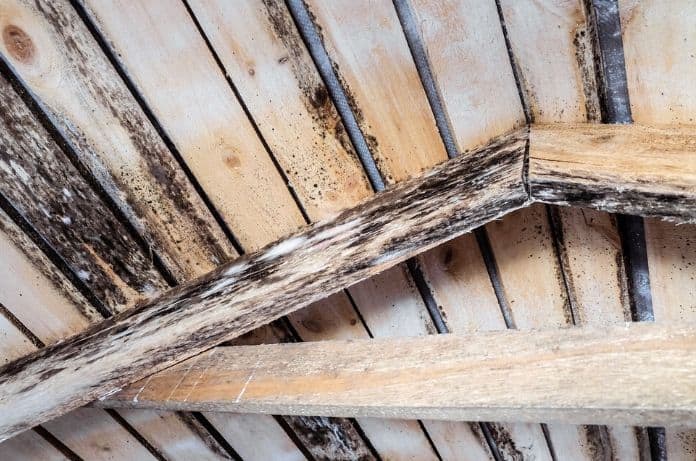Not only is mold visually unappealing, but it can also wreak havoc on your home. When mold grows, it can cause significant damage to the surface it is on and weaken your home’s structure. Plus, mold can also negatively impact the health of those who live in your home by causing eye, nose, throat, and skin irritation as well as worsening asthma symptoms. Because mold outbreaks can be extremely hard to get rid of, it’s best to catch any signs of mold growth as early as possible. Here are some of the most common areas mold grows in one’s home that you should keep an eye on.
Attics
Most people don’t spend a ton of time in their attics. As such, small leaks, excessive moisture, or poor ventilation may go unnoticed, providing the perfect opportunity for mold to spread. Without making an effort to check the conditions of your attic, mold can go on to flourish and spread throughout your home. As such, it is important to stay vigilant and make regular trips up into your attic to ensure there aren’t any signs of mold growth.
When checking your attic for mold, pay special attention to the areas near vents from the bathroom, kitchen, or laundry room, near any potential roof leaks, and in your insulation. Some of the best ways to prevent mold growth in your attic include increasing ventilation to reduce moisture and installing high-quality insulation to avoid increased condensation in your attic.
Bathrooms
Since mold thrives in dark and damp environments, it’s no surprise that the bathroom is one of the most common areas that mold grows in a home. With multiple sources of water, humidity from warm showers, and a lack of sunlight, bathrooms provide the perfect storm for a mold infestation.
When checking your bathroom for mold, areas you should pay special attention to are around the toilet, in the bathtub or shower, between tiles, and on your bathroom mat. To help prevent mold from spreading in your bathroom, make sure to repair any leaky faucets or pipes and ensure that your bathroom is well-ventilated to prevent moisture from building up.
Basements
Another area where mold tends to grow in homes is in the basement. Basements are typically dark and don’t get much air circulation. Plus, they are more susceptible to leaks or flooding due to their location. Such conditions make the basement a prime target for mold.
Certain areas to pay special attention to when checking for mold in your basement include around pipes and ducting where there may be leaks, near sump pumps, and around windows or vents. To prevent mold in your basement, check the area frequently for piping issues or external leaks, increase ventilation, and consider utilizing a dehumidifier to reduce excess moisture.






